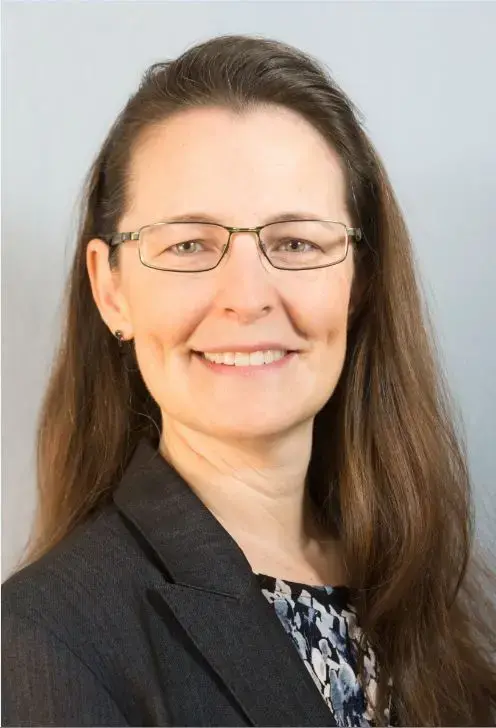The myotendinous junction is a key connective point in the human body, where skeletal muscle meets tendon. When muscles contract, the junction transmits the force to tendons, facilitating movement.
As the intersection of two different types of tissues, though, it’s also vulnerable to injuries—think strains or even tears in the rotator cuff or the Achilles tendon—making it especially relevant to study to explore potential therapies.
But the myotendinous junction has proven difficult to replicate in cell cultures because of its complex architecture, which features interlocking structures between myocytes (muscle cells) and tenocytes (cells that make up tendons).
Using human induced pluripotent stem cells and a micropatterned platform, University of Wisconsin-Madison researchers have created a more representative model-in-a-dish of the junction, which will better allow researchers to study its fundamental properties, learn how it heals after injury, and explore patient- and disease-specific models.
Led by Mitchell Josvai, a PhD student in biomedical engineering, researchers from the College of Engineering and the School of Veterinary Medicine published their work in the journal Acta Biomaterialia. Professors Wendy Crone and Masatoshi Suzuki oversaw the project.
“If you just put the two cell types together in a dish, you’re not going to get an accurate representation of what you’d find in the body,” says Josvai (BSBME ’22), a Madison native and member of Crone’s lab.
 Wendy Crone
Wendy Crone
To produce a more accurate model, the researchers micropatterned proteins from the extracellular matrix, the support material that exists between cells in the body, in neighboring lanes on a substrate. Then, they cultured myocytes on one side and tenocytes on the other.
“We allow them to stick to this patterned protein matrix and then they expand, they proliferate, they make new cells, and they grow toward each other,” says Josvai. “It’s pretty similar to what happens in development in the body.”
Within a week, the myocytes and tenocytes had formed interlocking structures called interdigitations. When the researchers electrically stimulated the myocytes after three-and-a-half weeks, under a microscope they could see the muscle cells contract and pull on the tenocytes, demonstrating functional behavior.
“The strength of the micropatterned culture is it’s quite useful to study the individual cell behaviors and then also interactions,” says Suzuki, a professor of comparative biosciences. He’s also an affiliate faculty member in biomedical engineering who’s working with engineering faculty Randolph Ashton, Padma Gopalan, Wan-Ju Li and William Murphy on other projects.
Suzuki believes the group’s two-dimensional myotendinous junction model is the first in the field to use myocytes derived from human stem cells. Moving forward, he and Crone are interested in using patient-derived stem cells to create models of muscular and connective tissue disorders like muscular dystrophy, Ehlers-Danlos syndrome and Marfan syndrome. He and Li are also working on creating a three-dimensional version of the model, which would allow them to study the cells over a longer timeframe.
More broadly, though, Josvai says their method could inform how researchers model other tissue connections.
“There are all kinds of interfaces over the body where you have two cell types meet,” he says. “The general idea of the platform could be applied to a number of different use cases.”
Wendy Crone is the Karen Thompson Medhi Professor in the Department of Nuclear Engineering and Engineering Physics, with affiliate appointments in the Departments of Biomedical Engineering, Materials Science and Engineering, and Mechanical Engineering. Crone and Masatoshi Suzuki are also both members of the UW-Madison Stem Cell and Regenerative Medicine Center.
Funding for this study came from the National Institutes of Health (grant R01AR077191), the Good Food Institute, the University of Wisconsin Foundation and the UW-Madison Stem Cell and Regenerative Medicine Center. Other UW-Madison authors include scientist Erzsebet Polyak; Meghana Kalluri, an undergraduate biomedical engineering student and member of the Crone lab; and Samantha Robertson, lab manager in the Suzuki lab.
Top photo caption: Mitchell Josvai, a PhD student in biomedical engineering, has worked in Professor Wendy Crone’s lab in the Wisconsin Institute for Discovery since he was an undergraduate student. Photo by: Tom Ziemer.